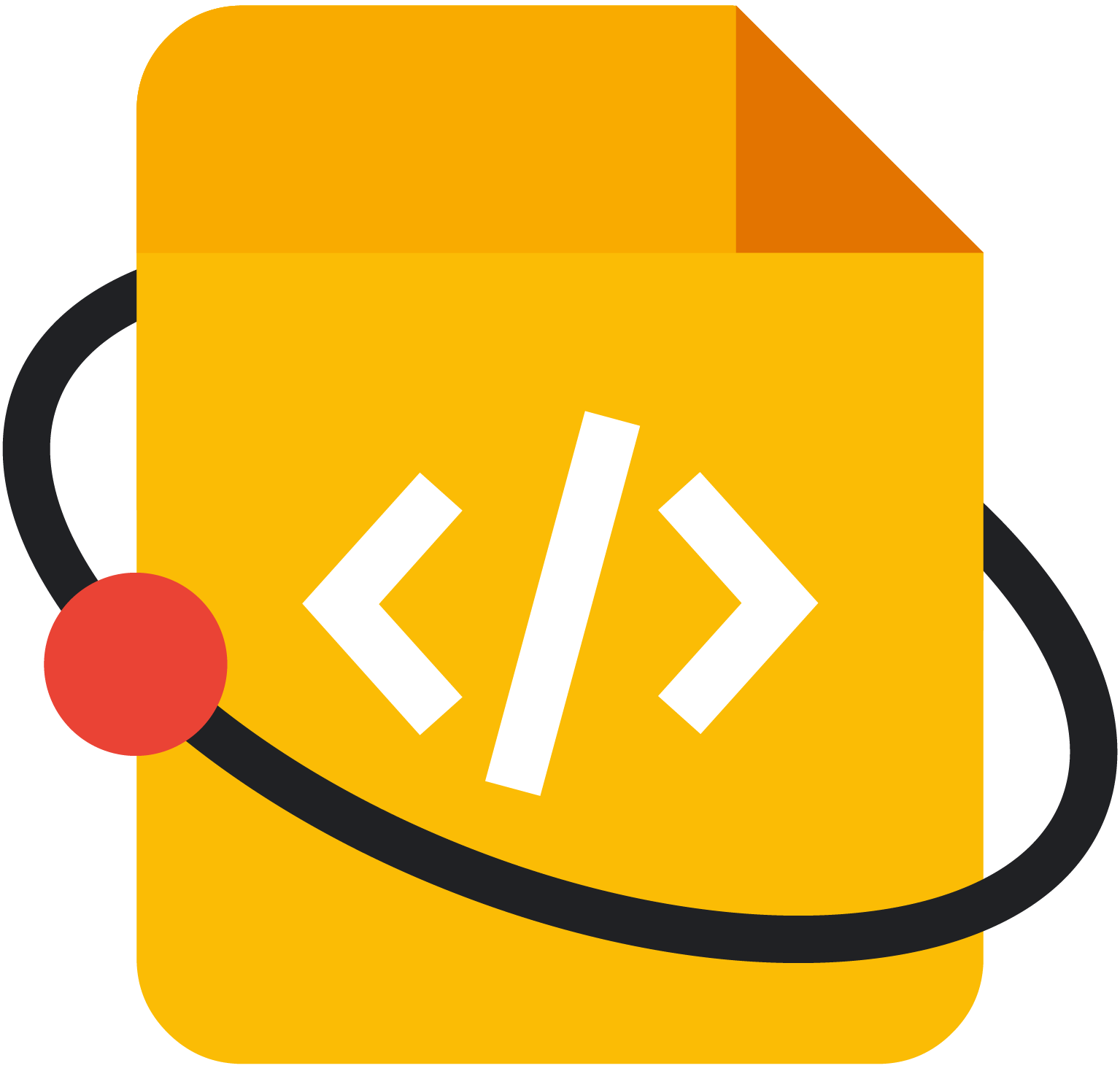本頁面包含 Google 技術文件季度接受的技術寫作專案詳細資料。
專案摘要
- 開放原始碼組織:
- TheGoodDocProject
- 技術撰稿人:
- Loquacity
- 專案名稱:
- 資訊架構指南
- 專案長度:
- 標準長度 (3 個月)
Project description
資訊架構指南規劃
本文將說明如何規劃 Good Docs 專案資訊架構指南。這部影片是為了參加 2020 年 Google 文件季的活動而製作。這份文件將概述建議指南的用途,並草擬這類指南的結構規劃,以利規劃。
資訊架構 (IA) 是指內容的組織方式。涵蓋內容結構,但未定義內容本身的風格或字詞。舉例來說,資訊架構規劃會考量讀者是誰、他們如何接觸內容,以及他們閱讀內容的環境。接著,系統會考量內容的適當架構,以便最妥善地滿足讀者需求。
在理想情況下,您應先擬定內容策略,然後再設計文件,並利用業務目標來定義文件的目標。然後依據內容策略建立 IA,定義說明文件的版面配置和結構。接著,您可以選擇工具鍊,並編寫內容。大多數開源專案的內容策略都很簡單,例如「撰寫一些說明文件,讓使用者瞭解如何使用這個專案」,但即使是這麼簡單的策略,也足以定義有效的資訊架構。
本指南旨在提供簡易工具,讓非專業作者能夠開發資訊架構,並據此決定要使用哪些範本。這個過程應可讓一般人在下午午後完成,並傾向於鼓勵在教育之餘採取行動。理想情況下,它會以簡潔的方式介紹概念,引導讀者思考這些概念與其專案的關聯,並利用結果繼續學習下一個概念。
為了為這項專案建立結構,我們需要更新專案的 README,讓讀者瞭解如何開始使用 Good Docs 專案,並能有效運用資訊架構指南,選擇適合的範本。
主要收視對象
所有希望使用 The Good Docs Project 範本為專案建立文件的使用者
使用案例: 本節旨在探討讀者應如何遵循《IA 指南》。這有助於我們判斷指南的結構,以便為這些讀者提供最佳服務。
情境:某人正在處理的開源專案沒有或幾乎沒有相關文件,或是文件套件組織或撰寫方式不佳。他們決定使用 The Good Docs Project 整理說明文件,但不確定該從何處著手。他們會按照 README 瞭解如何開始使用範本,並按照 Information Architecture Guide 制定內容策略,並規劃說明文件套件的外觀。
提案
更新 README 檔案,更明確地引導新讀者完成專案,包括清楚的首要步驟。其中一個初步步驟,就是閱讀並回答新版 IA 指南中的相關問題。這份指南會邀請讀者考量目標對象、內容結構定義、使用者/工作矩陣等,而不必讓讀者花費太多心力學習/瞭解這些概念的學術意義。完成這項工作後,讀者就能瞭解需要哪些範本,以及如何最佳化範本。
研究
為了以研究結果做為佐證,我會大量參考 Abby Covert 的書籍 (http://www.howtomakesenseofanymess.com/),一方面是因為我非常熟悉這本書,而且我已撰寫許多內容,並將運用這些內容,因此這本書已成為我撰寫內容的基礎;另一方面是因為,如果有興趣,新手很容易就能閱讀這本書。這有點像 IA 閘道藥品,
草擬目錄
讀我資訊:
-- 優質文件專案簡介 |_ 誰應使用這些範本 |_ 範本運作方式 |_ 為專案貢獻內容 -- 範本 |_ 目前所有範本清單 |_ 選擇要使用的範本 |_ 開始前 -- 開始撰寫前 |_ 誰會閱讀文件? |_ 為什麼他們要閱讀說明文件? |_ 為讀者撰寫內容
IA 指南:
-- 簡介 |_ 什麼是 IA? |_ 為什麼要關注? -- 找出問題所在 -- 說明您的意圖 -- 面對現實 -- 選擇方向 -- 評估距離 -- 運用結構 -- 準備調整

